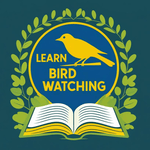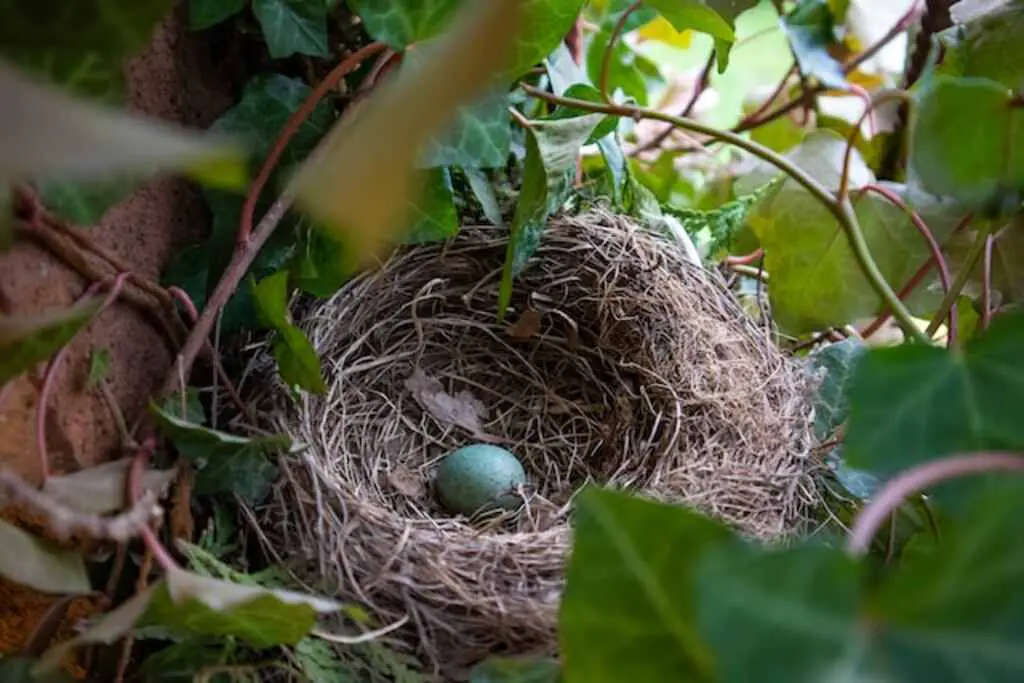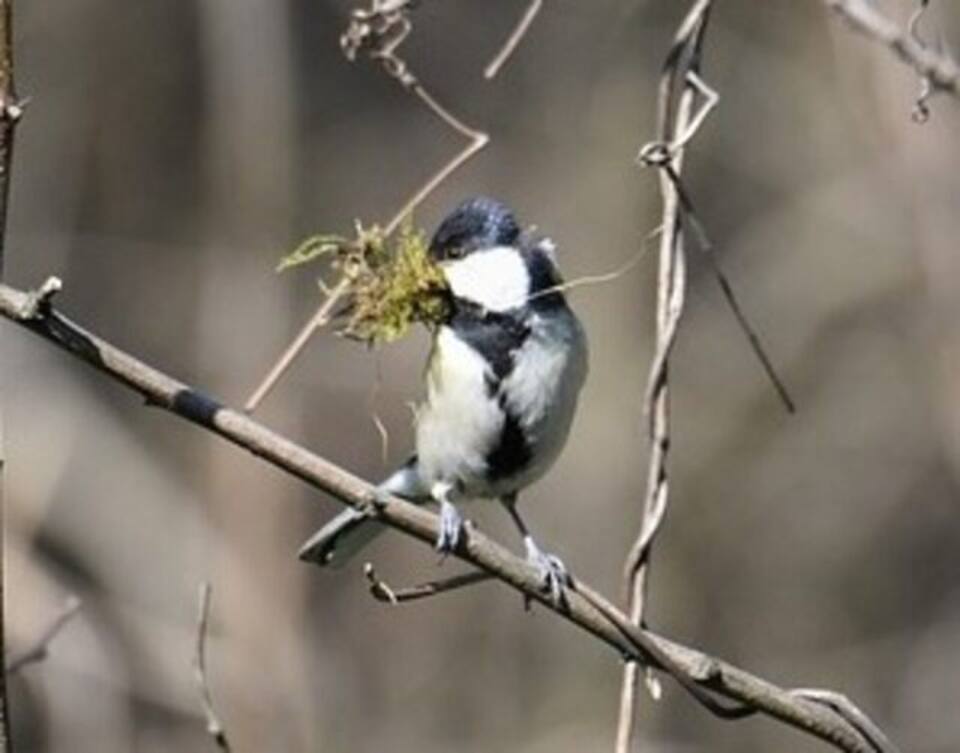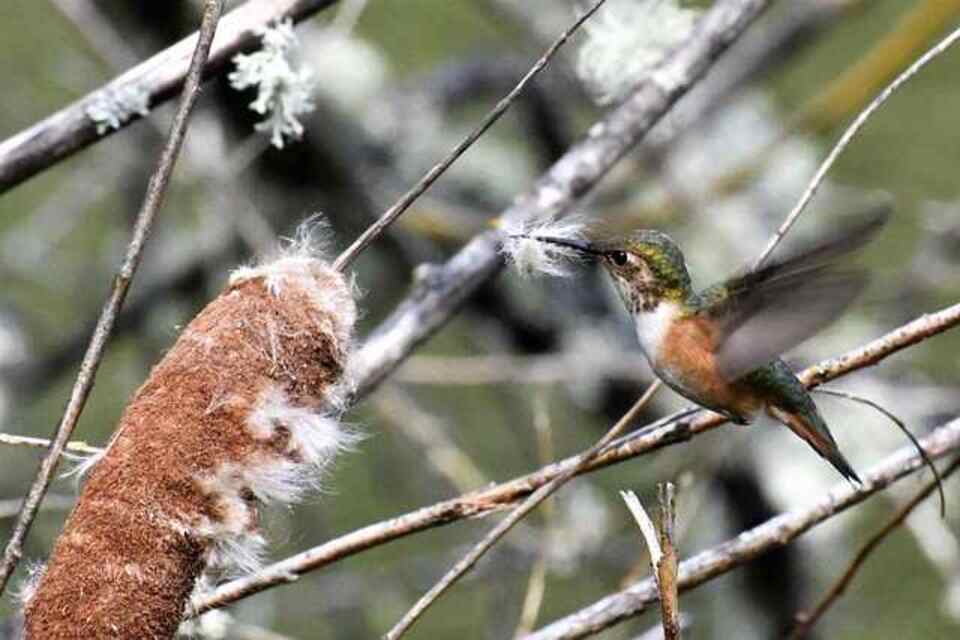Ever wondered, what do birds use to build their nests? Birds use a variety of materials depending on their species and environment. Common materials include twigs, leaves, grass, and even animal fur. Some birds also incorporate mud, feathers, and man-made items like string or paper. In this article, we’ll explore the different materials birds gather and how they craft their nests for protection and comfort.
Table of Contents
Nesting Materials: Bird Home Foundations
Twigs and Branches: The Structural Foundation
Twigs and small branches form the backbone of many bird nests, providing a sturdy framework for the entire structure. Different bird species have varying preferences for twig size and flexibility. For instance, larger birds like eagles and ospreys tend to use thicker branches, while smaller songbirds opt for more delicate twigs. The process of selecting and arranging these materials is a testament to birds’ innate engineering skills. Some species, like the Baltimore Oriole, even knot and weave twigs together to create hanging basket-like nests that can withstand strong winds and predators.
Grass and Leaves: Nature’s Insulation Layer
Dried grass and dead leaves serve as excellent insulating materials in bird nests. These materials help regulate temperature within the nest, keeping eggs warm during incubation and protecting young chicks from extreme weather conditions. Many ground-nesting birds, such as meadowlarks and quail, rely heavily on grasses to create well-camouflaged nests that blend seamlessly with their surroundings. Some birds, like the European Starling, even incorporate aromatic herbs into their nests, which may help repel parasites and provide additional health benefits to the nestlings.
Moss and Lichen: The Green Camouflage
Moss and lichen are popular choices for nest construction, especially among smaller bird species. These materials not only provide additional insulation but also help disguise the nest, making it less visible to predators. Hummingbirds, in particular, are known for their exquisite use of moss and lichen in creating tiny, cup-shaped nests that often look like mere bumps on tree branches. The natural elasticity of moss allows the nest to expand as the chicks grow, providing a flexible and comfortable home throughout their development.
Pine Needles: A Versatile Building Material
Pine needles are a favorite among many bird species, particularly bluebirds and pine warblers. The slender shape and flexibility of pine needles make them ideal for weaving into the nest structure. These needles also contain natural resins that may help repel insects and other pests. In coniferous forests, some birds have adapted to use pine needles almost exclusively in their nest construction, creating beautifully intricate structures that are both functional and visually appealing.
Soft and Cozy: The Art of Nest Lining
Plant Fluff and Down: Nature’s Softest Bedding
The soft, fluffy material from plants like cottonwood trees and cattails is highly prized by birds for lining their nests. This downy material creates a soft, warm environment for eggs and hatchlings, providing insulation and comfort. Some birds, like the American Goldfinch, time their breeding season to coincide with the availability of thistle down, ensuring a plentiful supply of this prized nesting material. The use of plant down also helps regulate humidity within the nest, which is crucial for proper egg development.
Feathers: The Ultimate Natural Insulator
Many birds incorporate feathers into their nests, either collected from the ground or plucked from their own bodies. The natural insulating properties of feathers help regulate temperature within the nest, keeping eggs and chicks warm even in cooler environments. Some seabirds, like puffins, line their burrow nests with a thick layer of feathers, creating a cozy chamber that can maintain a constant temperature despite fluctuating external conditions. In some cultures, the presence of certain feathers in a nest is considered a sign of good luck or a predictor of weather patterns.
Unusual Nesting Materials
Spider Silk: Nature’s Strongest Adhesive
Spider silk is a remarkable material used by some birds, especially hummingbirds, in their nest construction. This incredibly strong and flexible substance acts as a natural adhesive, holding other nesting materials together. The elasticity of spider silk allows the nest to expand as the chicks grow, providing a flexible yet secure structure. Some birds have been observed actively seeking out spider webs, carefully collecting the silk and incorporating it into their nests with remarkable precision.
Mud: The Natural Cement of Avian Architects
Barn swallows and robins are renowned for their use of mud in nest construction. These birds gather small pellets of mud, often mixing it with grass or other plant fibers to create a strong, cement-like material. The resulting nests are incredibly durable and can last for several breeding seasons with minor repairs. In arid regions, some birds have adapted to use saliva as a binding agent when mud is scarce, demonstrating the remarkable adaptability of these avian builders.
Creating a Nest-Friendly Habitat
Designing a Natural Nesting Paradise
To attract nesting birds to your yard and support their building efforts, consider implementing the following strategies:
- Maintain areas of “wild” growth with fallen leaves and twigs.
- Plant a diverse range of native species that provide natural nesting materials.
- Create brush piles or leave dead trees standing (if safe) to provide additional nesting sites.
- Install a variety of nesting boxes suitable for different bird species.
- Provide a shallow water source for birds to gather mud and stay hydrated.
- Avoid using pesticides or herbicides that could harm birds or their food sources.
Safe Methods for Offering Nesting Materials
If you choose to offer supplementary nesting materials, here are some bird-friendly approaches:
- Hang mesh bags filled with natural fibers like cotton or wool (avoid synthetic materials).
- Create small piles of twigs, pine needles, and leaves in sheltered areas of your yard.
- Offer feathers collected from domestic birds (ensure they are clean and pesticide-free).
- Plant native species that produce natural nesting materials like cattails or cottonwood trees.
Nesting Material Preferences by Bird Species
| Bird Species | Preferred Nesting Materials |
|---|---|
| American Robin | Grass, twigs, mud |
| Baltimore Oriole | Plant fibers, grass, hair |
| Barn Swallow | Mud, grass, feathers |
| Blue Jay | Twigs, roots, moss |
| Eastern Bluebird | Grass, pine needles, feathers |
| Hummingbird | Plant down, spider silk, lichen |
| House Wren | Twigs, grass, feathers |
| Northern Cardinal | Twigs, leaves, bark strips |
| Tree Swallow | Grass, feathers, pine needles |
| Woodpecker | Wood chips, sawdust |
The world of bird nest construction is a testament to the ingenuity and adaptability of our feathered friends. From the sturdy foundations built with twigs and branches to the soft, cozy linings made of plant down and feathers, each nest is a unique masterpiece of natural engineering.
By understanding and supporting this remarkable process, we can play a vital role in bird conservation and enjoy the privilege of witnessing these avian architects at work in our own backyards.
So, the next time you spot a bird carrying a twig or a tuft of grass, take a moment to appreciate the incredible journey of nest-building that’s about to unfold.
Related Post:




